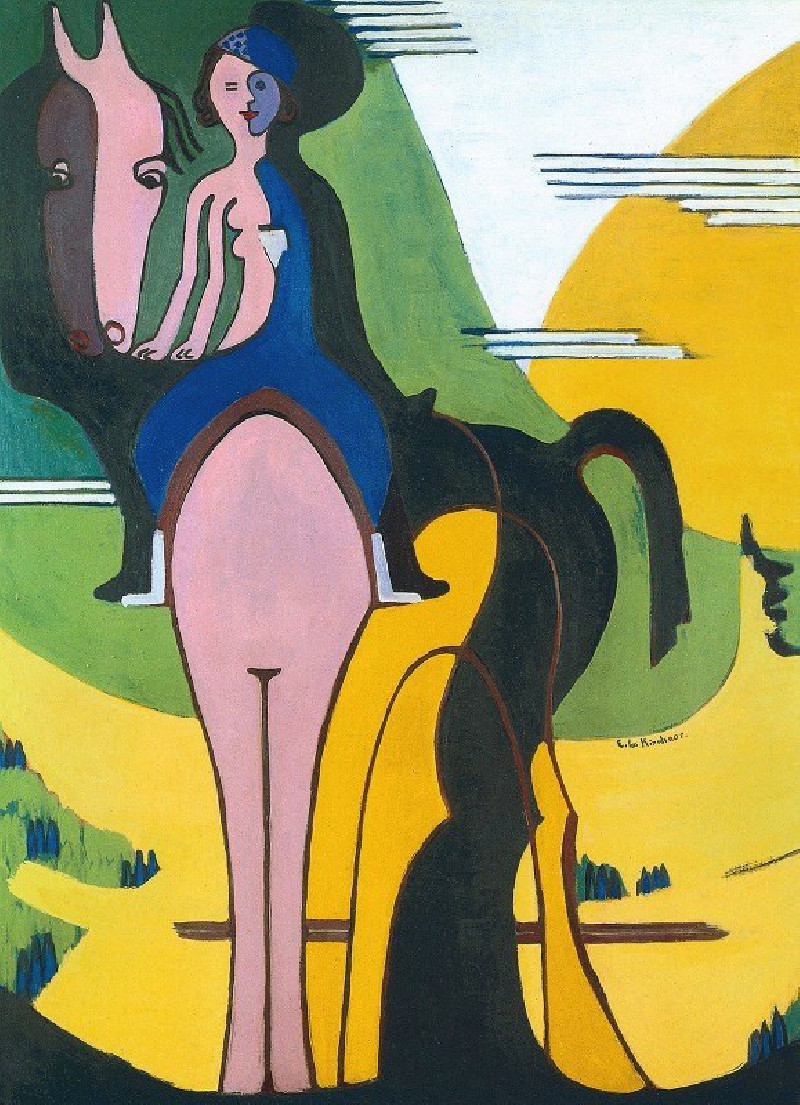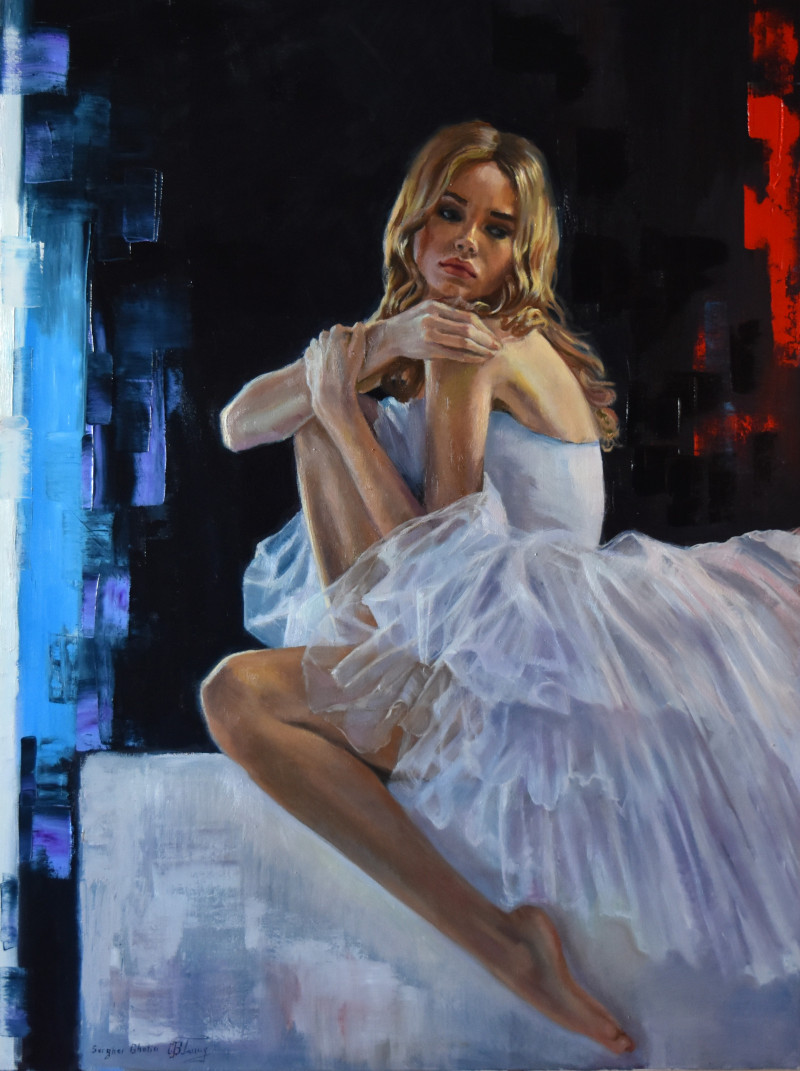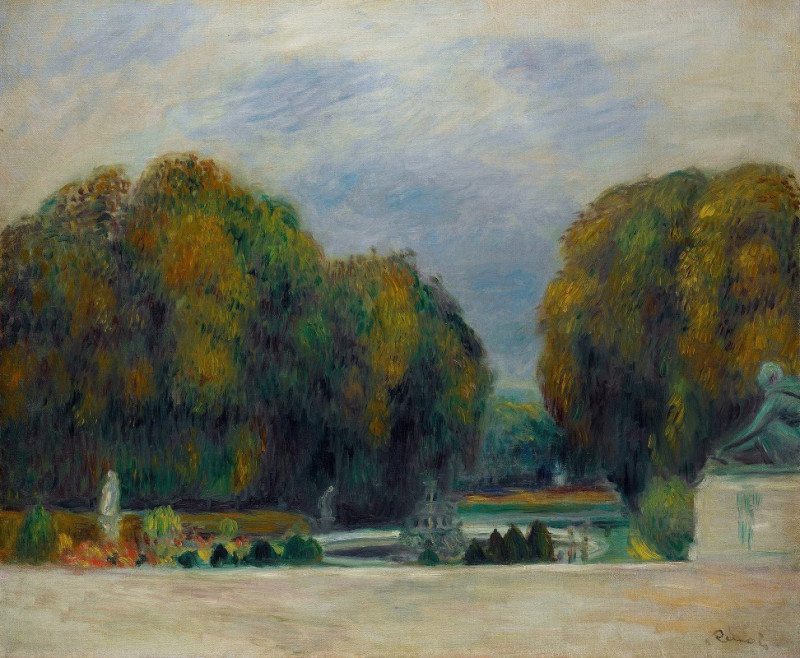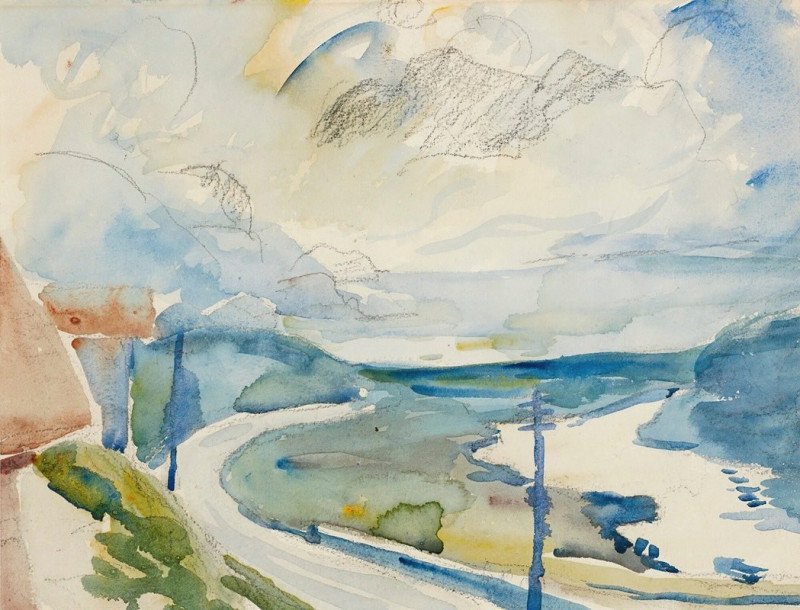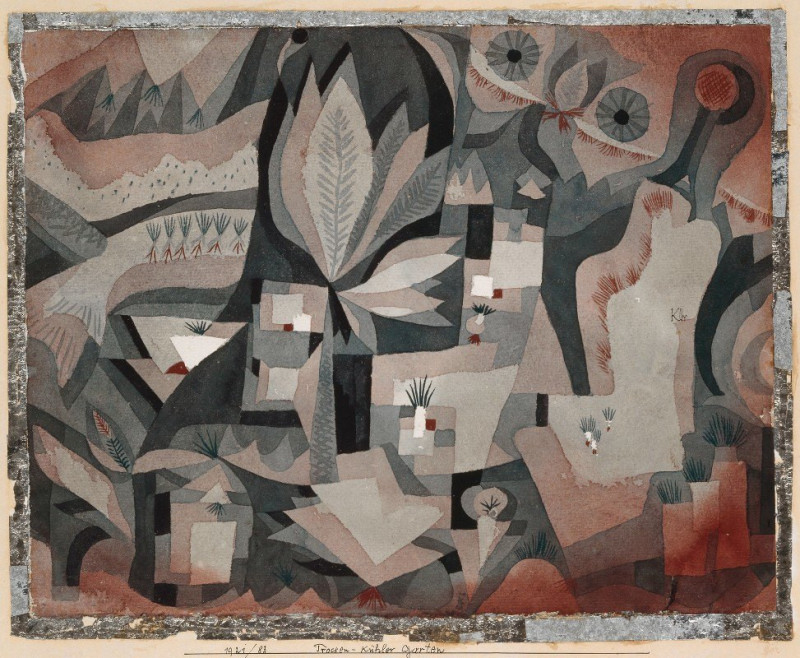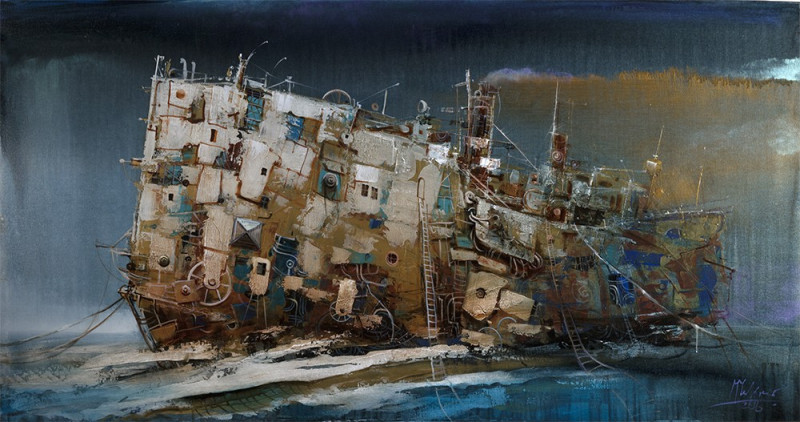female rider (1931 - 1932)
Technique: Giclée quality print
Recommended by our customers
More about this artwork
Ernst Ludwig Kirchner's "Female Rider" (1931-1932) presents a fascinating study of color, form, and the expressionist sensibility that Kirchner is known for. In this captivating painting, we see a bold, almost abstract representation of a woman astride a horse, set against a backdrop of vivid, contrasting colors.The rider, depicted centrally in the canvas, is adorned in a simple yet striking dark blue dress that contrasts sharply against her pale skin, set under a small dark hat. Her posture is relaxed, and her face, characterized by Kirchner's typical style, carries a look of contemplation or perhaps connection with nature.The horse, in shades of brown, curves elegantly, complementing the lines of the rider's figure. This relationship between rider and horse suggests a mutual respect and harmony, emphasized by the smooth, flowing lines used to define their forms.Behind them, the landscape is abstract, with planes of yellow and green creating a dynamic backdrop of hills that seem to echo the curves of the horse and rider. This sense of integrated movement speaks to Kirchner's ability to capture emotion and motion in a single, cohesive scene."Femal Rider" is more than just a picture of a woman on a horse; it is an exploration of form, emotion, and the modernist push towards abstraction, capturing a moment of peace and introspection against the lively yet harmonious palette of nature.
Delivery
Returns
Ernst Ludwig Kirchner (1880–1938) was one of the most important German Expressionist painters. He was a co-founder of Die Brücke, a group of German expressionist artists formed in Dresden in 1905. Die Brücke and Kirchner took inspiration from Vincent Van Gogh and Edvard Munch, as well as African and Oceanic art. They used woodblock printing as a medium to showcase their signature style: flat, unrealistic images with vivid colors. The recurring themes in Kirchner's artworks included exotic cultures, faraway landscapes, self-portraits, dancers and Berlin street life. His paintings and prints effectively portrayed non-European cultures despite the fact that he never traveled outside of Europe.

